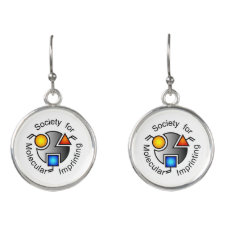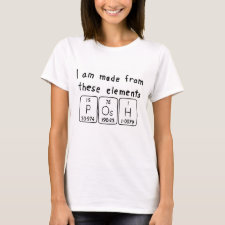
Authors: Uysal A, Demirel G, Turan E, Çaykara T
Article Title: Hemoglobin recognition of molecularly imprinted hydrogels prepared at different pHs.
Publication date: 2008
Journal: Analytica Chimica Acta
Volume: 625
Issue: (1)
Page numbers: 110-115.
DOI: 10.1016/j.aca.2008.07.010
Alternative URL: http://w3.gazi.edu.tr/web/caykara/makaleler/p83.pdf
Abstract: The hemoglobin-imprinted hydrogels were fabricated by using N-t-butylacrylamide (TBA) acrylamide (AAm) and itaconic acid (IA) monomers and hemoglobin (Hb, MW 65ákDa) imprinted molecule in pH buffer solutions (pH 4.0, 6.8 and 8.0). The nonimprinted hydrogels were also prepared at same conditions without Hb imprinting molecule. The effects of pH, initial concentration and adsorption time over the Hb adsorption capacity of both imprinted and nonimprinted hydrogels were analyzed and found to be strongly dependent on the preparation pH (pHprep). The maximum Hb adsorption for the imprinted hydrogel prepared at pH 4.0 was found to be 12.4ámgáproteinág-1 dry gel in pH 4.0 buffer solution. This behavior was attributed to the formation of more accessible adsorption sites (imprints) because of the non-covalent interactions between the template and network during formation in pH 4.0 buffer solution which is below of the isoelectric point (pI 6.8) of Hb. Langmuir and Freundlich adsorption models were applied to describe the equilibrium isotherm. Langmuir analysis showed that an equal class of adsorption was formed in the hydrogels. Moreover, batch adsorption equilibrium and selectivity studies were also performed by using two reference molecules as fibrinogen (Fb, MW 340ákDa) and myoglobin (Mb, MW 17ákDa). The imprinted hydrogels have 1.5-2.2 times higher adsorption capacity for Hb than the nonimprinted hydrogels prepared at the same pHs, and also have 2.0-3.1 times higher selectivity for the imprinted molecule
Template and target information: protein, hemoglobin
Author keywords: hydrogels, Preparation pH, molecularly imprinting, hemoglobin, fibrinogen, myoglobin



Join the Society for Molecular Imprinting

New items RSS feed
Sign-up for e-mail updates:
Choose between receiving an occasional newsletter or more frequent e-mail alerts.
Click here to go to the sign-up page.
Is your name elemental or peptidic? Enter your name and find out by clicking either of the buttons below!
Other products you may like:
 MIPdatabase
MIPdatabase









